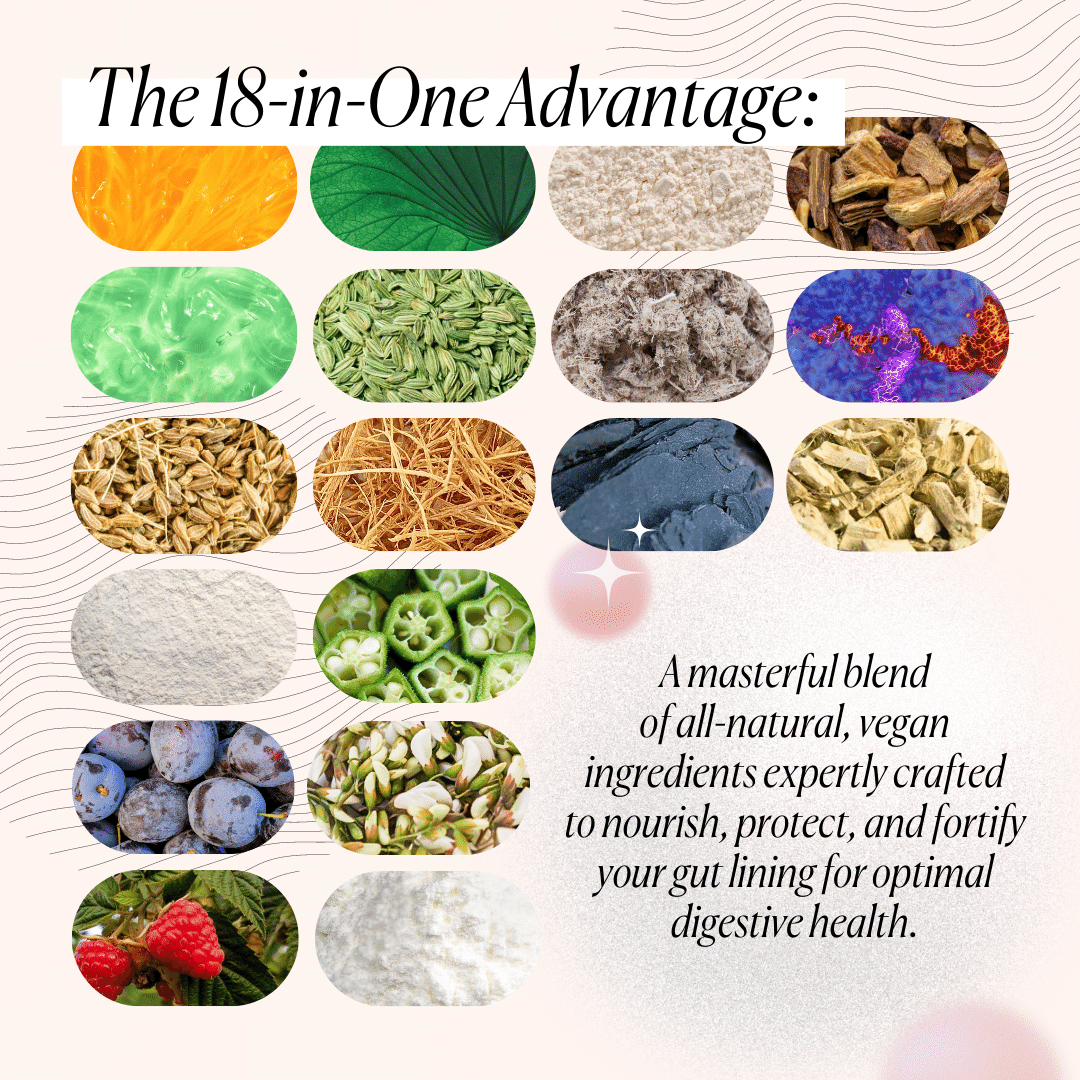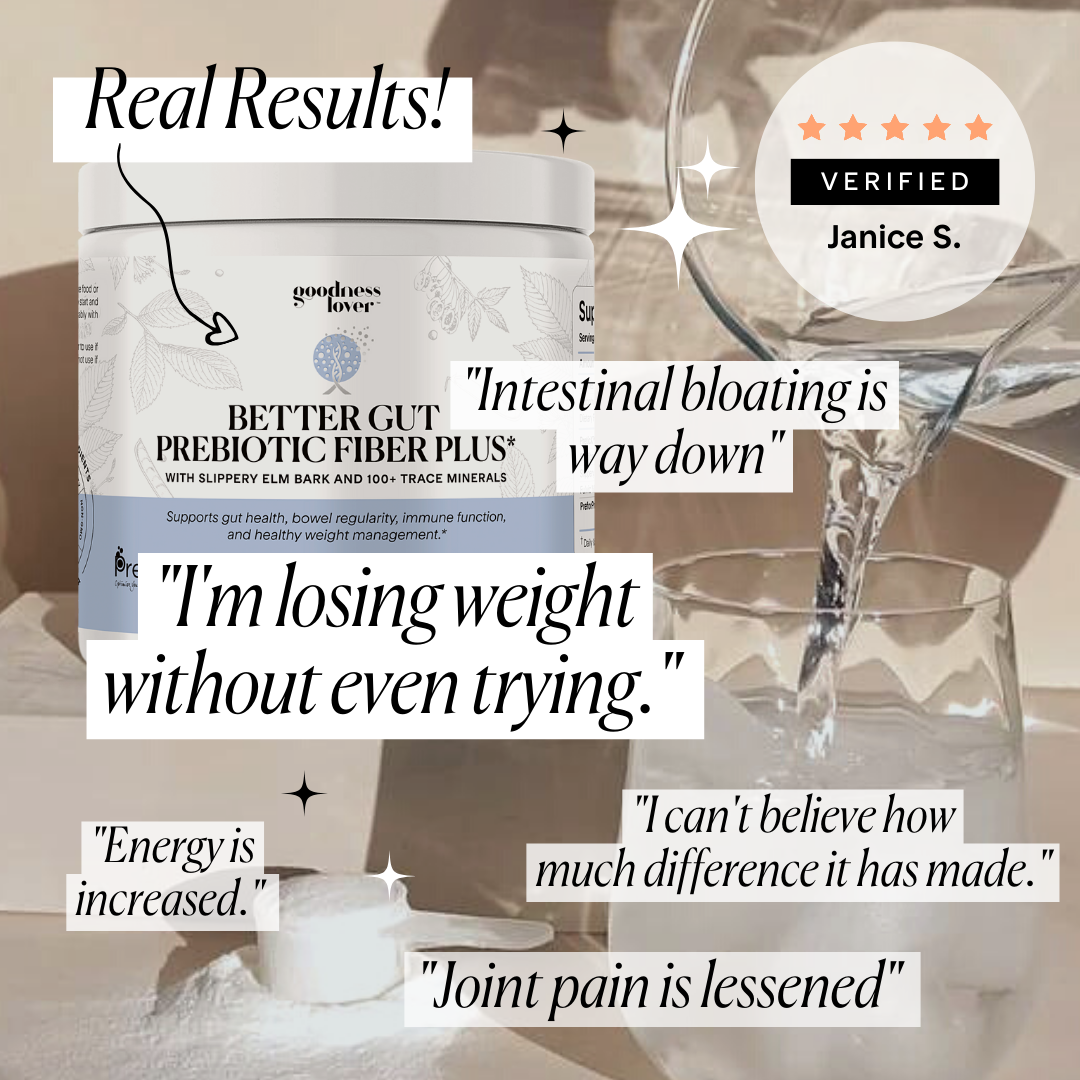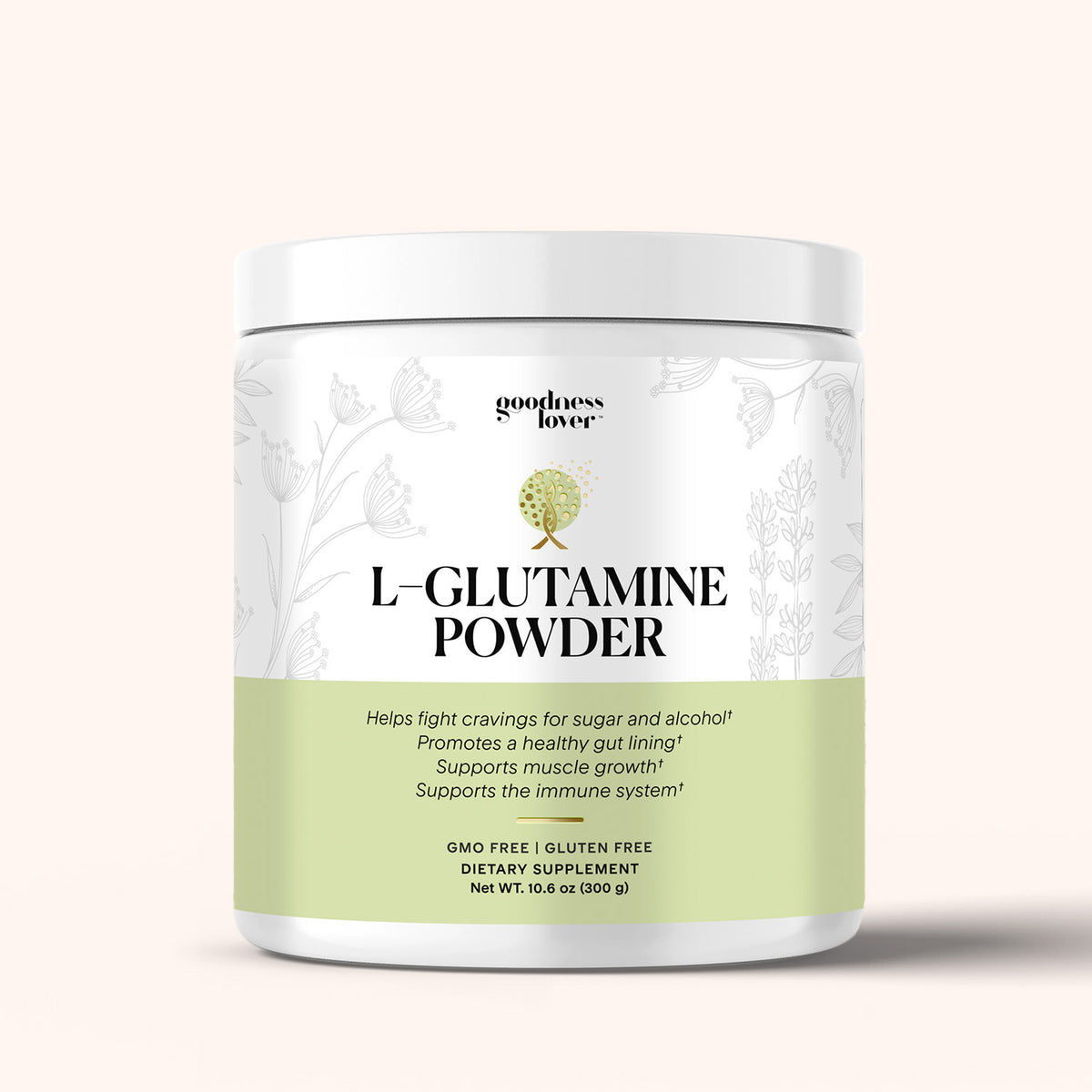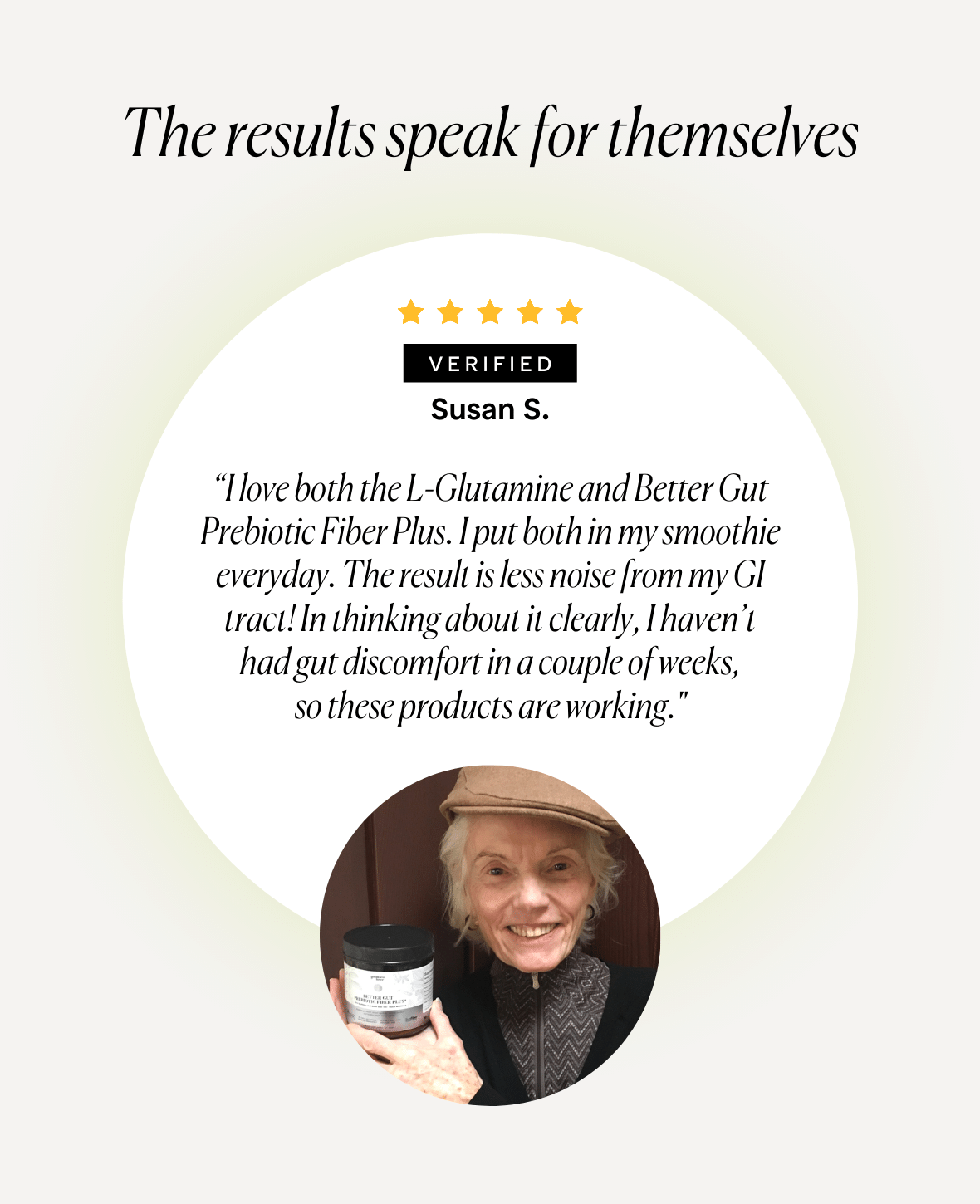If you're reading this while feeling exhausted, overwhelmed, or physically limited, I want you to know that you're not alone—and you're not failing at taking care of yourself. When you're dealing with chronic fatigue, autoimmune conditions, mobility challenges, or any illness that leaves you running on empty, even the most basic acts of self-care can feel like climbing Mount Everest. The simple task of preparing a nourishing meal becomes an insurmountable challenge when standing for more than a few minutes leaves you depleted, or when brain fog makes following a recipe feel impossible.
Here's the cruel irony that so many of us face: when our bodies need nutrition the most—when we're fighting inflammation, managing chronic pain, or trying to heal from illness—preparing healthy meals feels completely out of reach. We know we should be eating more vegetables, choosing whole foods, and nourishing our bodies, but the gap between knowing and doing feels impossibly wide when you're barely surviving each day.
This guide isn't about perfection, complicated meal plans, or Instagram-worthy food photos. It's about meeting you exactly where you are, with whatever energy you have available, and showing you gentle, practical ways to nourish your body without depleting your precious reserves. In Part 1, we'll cover understanding your unique challenges, setting up your kitchen for success, and mastering simple meal strategies that work even on your worst days.
Table Of Contents:
Understanding Your Unique Challenges
If you've ever felt like a failure because you couldn't manage the "simple" task of cooking a healthy meal, let me stop you right there. You're not failing—the system is failing you.
Traditional nutrition advice assumes you have endless energy, perfect mobility, and a brain that functions at full capacity every day. When you're managing chronic illness, fatigue, or physical limitations, following conventional healthy eating advice is like trying to run a marathon with a broken leg.
Your energy isn't unlimited, and that's not your fault. Every task becomes a strategic decision: Do I use my precious energy to chop vegetables, or do I save it for that important appointment later? Will standing at the stove for 20 minutes leave me too exhausted to function tomorrow? These aren't dramatic considerations—they're survival calculations that people free of chronic illness never have to make.
Then there's the cruel catch-22. Poor nutrition worsens inflammation and fatigue, but fatigue makes it nearly impossible to prepare nutritious food. You're caught in a cycle where the very thing that could help you feel better feels completely out of reach.
And when your cognitive function is compromised, choosing what to eat for lunch let alone following a recipe or meal planning for the week can feel as overwhelming as solving complex equations.
Add mobility challenges to the mix—whether it's joint pain, limited range of motion, or using mobility aids—and suddenly every kitchen task becomes an obstacle course designed by someone who never considered your needs.
Recognizing these challenges isn't making excuses—it's the first step toward finding solutions that actually work for your life. When you stop fighting against your limitations and start working with them, you can discover ways to nourish yourself that honor both your health needs and your reality.
The Basics: Stocking Your Low-Energy Kitchen
Think of your kitchen as your personal pharmacy—but instead of complicated ingredients, you're stocking it with healing foods that require almost zero effort to transform into nourishing meals. The secret isn't having a perfectly organized pantry; it's having the right ingredients that work even when you don't.
Your pantry becomes your lifeline when fresh cooking feels impossible. Stock your shelves (remember online grocery shopping is a thing!) with these essential ingredients that require minimal prep:
- Canned beans, chickpeas, and lentils (protein and fiber powerhouses, ready to eat)
- Pre-cooked quinoa packets (complete protein in 2 minutes)
- Frozen vegetables (easy to stock, never guilt-trip you)
- Fresh nuts and seeds (last for ages, a great snack)
- Nut and seed butters (instant protein and healthy fats)
- Canned coconut milk (transforms anything into creamy comfort)
- Pre-made vegetable broth (instant soup base)
- Whole grain crackers and oats (quick energy when needed)
Fresh foods that require minimal prep and last well include hardy fruits like bananas and apples, pre-washed salad greens, and microgreens or sprouts that pack maximum nutrition with zero cooking. Avocados provide healthy fats and creamy satisfaction, while lemons can make anything taste fresh and bright.
Your kitchen equipment and organization can also make the difference between cooking and surviving. A slow cooker or Instant Pot lets you dump ingredients in and walk away—perfect for days when standing isn't an option. A high-speed blender turns frozen fruit and greens into nutrition in seconds. Keep frequently-used items at counter height, use lightweight containers like stainless steel, and organize by how often you use things, not how they look. Every bit of saved energy matters, so make your kitchen work with your limitations, not against them.
No-Cook and Minimal-Cook Meal Ideas
When even the thought of turning on the stove feels overwhelming, these meals become your lifeline.
Smoothie bowls and drinks
These are your nutritional insurance policy when eating solid food feels impossible. The basic green smoothie formula is foolproof: frozen fruit (banana, berries, mango) + leafy greens (spinach, kale) + plant milk + protein source (nut butter, hemp seeds, or protein powder). You can also add oats to bulk it up a bit and cacao for extra antioxidants. Blend, pour, drink—it’s as simple as that.
Overnight oats are the ultimate set-it-and-forget-it meal. Mix oats with plant milk, add anti-inflammatory ingredients like ground flaxseed or chia seeds, cinnamon, or turmeric, and let time do the work. Simply add some fresh fruit, and you have a ready-made breakfast that requires zero morning energy.
Chia seed puddings work the same magic—mix chia seeds with plant milk and a sweetener like date syrup, refrigerate overnight, and you have a protein-rich pudding that literally makes itself.

Assembly meals
Assembly meals require zero cooking skills—just the ability to open containers and arrange food on a plate. Bean and avocado toast becomes gourmet when you add pre-made hummus and a sprinkle of nutrient-dense sprouts. Chickpea salad transforms canned chickpeas into a satisfying meal with pre-chopped vegetables and microgreens—add lemon juice and tahini, done.
Pre-cooked quinoa bowls are your blank canvas: add canned beans or tofu for some more protein, avocado for healthy fats, and sprouts for concentrated nutrition. Trail mix bowls satisfy when you need something substantial but can't handle "real" cooking—nuts, seeds, dried fruit, maybe some dark chocolate if you're feeling fancy.
5-minute cooked meals
When you can manage 5 minutes of heat, these warm meals provide comfort without complexity:
- Instant oatmeal elevated with nut butter and banana
- Canned soup transformed with frozen vegetables and fresh spinach stirred in at the end
- Microwaved sweet potato (pierce, microwave 5-8 minutes), topped with tahini or hummus and hemp seeds
- Pre-cooked quinoa heated with vegetable broth and frozen peas for an instant pilaf
Batch cooking
Make the most of batch preparation on your good days. When you have energy, make large quantities of simple recipes and freeze in single portions. Pre-wash and chop vegetables to store in the fridge. Prepare smoothie packs—pre-portioned frozen fruit and greens in freezer bags that you can just place in your blender along with some liquid.
 One-Pot Wonders for Low-Energy Days
One-Pot Wonders for Low-Energy Days
Some days, you have just enough energy to dump ingredients into a pot and let the heat do the rest. These one-pot meals are designed for those moments when you want something more warming or substantial than assembly meals but can't handle complicated cooking processes.
Slow cooker meals
Slow cooker meals are your ultimate "set it and forget it" solution. The beauty of slow cooking is that it requires about five minutes of effort upfront, then works while you rest.
Lentil and vegetable stew is as simple as opening cans—dump in lentils, diced tomatoes, frozen vegetables, vegetable broth, and whatever spices you can manage. Walk away for 6-8 hours and return to a house that smells amazing and a meal that's ready to eat.
Chickpea curry becomes effortless when you use canned chickpeas, coconut milk, and frozen vegetables. Add curry powder or whatever spices you have, let it simmer, and you've created something that tastes like you spent hours in the kitchen.
Hearty vegetable soup with beans follows the same principle—canned beans, vegetable broth, frozen vegetables, and time create comfort in a bowl.
Simple stovetop meals
Simple stovetop meals require slightly more attention but still minimal effort. Chickpea or lentil-based pasta with jarred marinara becomes a complete meal when you add frozen vegetables and white beans directly to the sauce while it heats.
Instant mashed potatoes become nourishing when you stir in canned white beans and frozen peas while the potatoes are still hot - the residual heat warms everything through.
Simple scrambled tofu takes just 5 minutes - crumble firm tofu into a pan with a splash of plant milk, add nutritional yeast and whatever vegetables and spices you have, and scramble until heated through.
Quick oven meals
Sheet pan meals are perfect when you can manage 10 minutes of prep but want the oven to do the work. Roasted vegetables with chickpeas require nothing more than opening cans, spreading everything on a pan, drizzling with olive oil, and adding whatever seasonings you can handle.
Sweet potato and black bean combinations work the same way—cube sweet potatoes (or buy them pre-cut), add canned black beans, season, and roast until tender.
The magic of one-pot cooking is that cleanup is minimal, ingredients are flexible based on what you have available, and the involvement in the cooking process is minimal.
Your Foundation for Gentle Nourishment
You now have the essential building blocks for nourishing yourself when energy is scarce. From understanding that your limitations aren't failures to stocking your kitchen with healing foods that work even when you don't, you've learned strategies that honor both your health needs and your reality.
Remember the key principles we've covered: your energy is precious and finite, assembly meals are just as valid as cooked ones, and one-pot wonders can provide comfort without complexity. These aren't temporary fixes—they're sustainable approaches that can support you through the ups and downs of chronic illness.
The strategies in Part 1 give you permission to feed yourself in whatever way feels manageable today. Whether that's a smoothie, a can of beans with avocado, or a slow cooker meal you set up on a good day, you're taking care of yourself in exactly the way your body needs.
In Part 2, we'll dive deeper into optimizing your nutrition when energy is low, supplements to consider when eating feels impossible, and find creative ways to add more healing foods to your routine. But for now, start with what feels manageable from what you've learned here.
You're already doing better than you think.














What Do You Think? Comment Below: